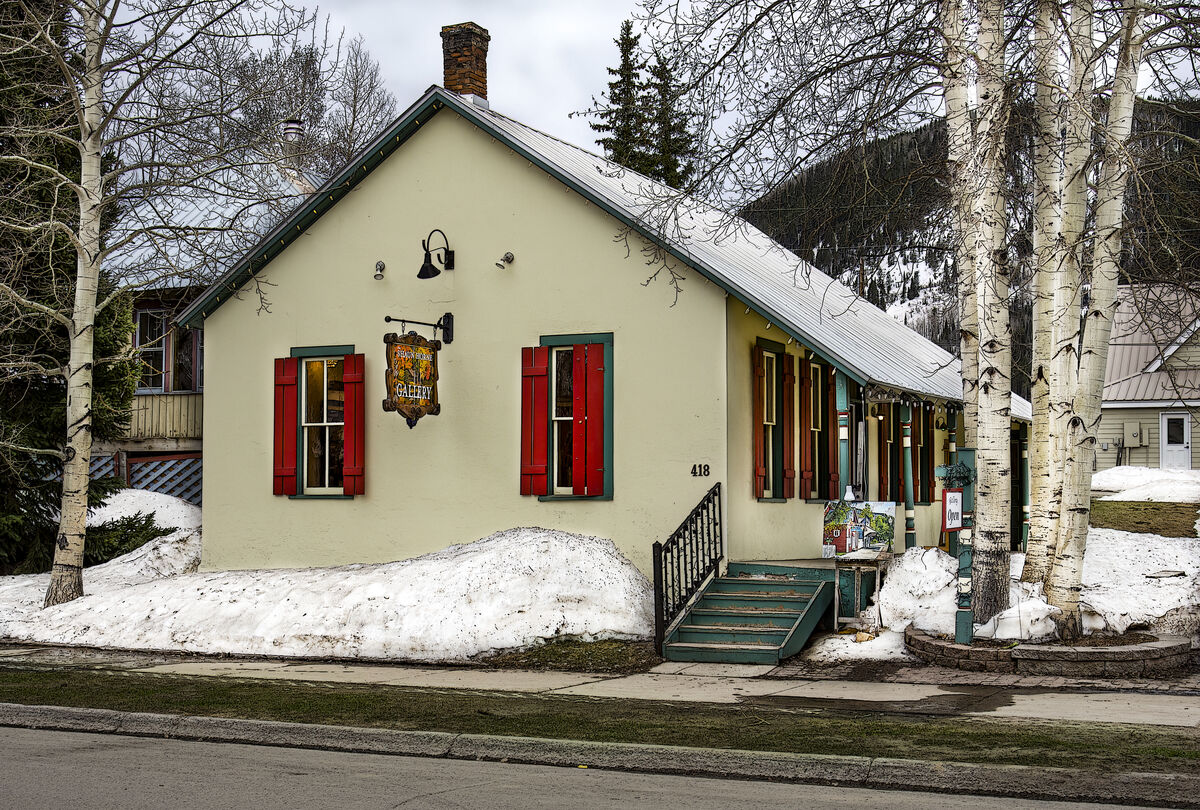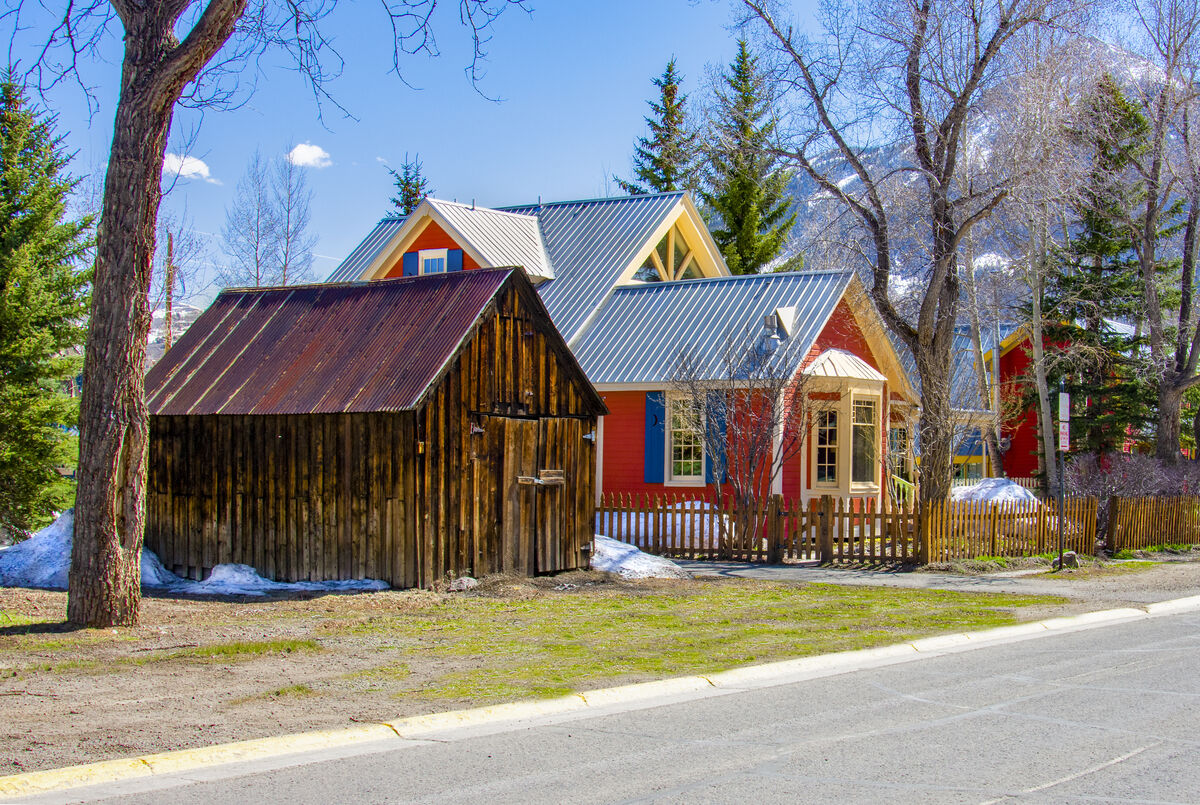Posts for: bobburk3
Jun 14, 2023 08:34:06 #
AndyT wrote:
I had a Nikon D 7100 with Nikon's 18-140 lens. It was sharp, very versatile and not heavy. I regret selling both.
I love my D7200, which is very similar to your D7100. Thanks for your comments. I will take a look at the 18-140.
Jun 14, 2023 07:30:00 #
Jun 13, 2023 20:37:57 #
CHG_CANON wrote:
Thanks. I don't have the updated / subscription software to make any specific updates. The concepts are consistent to Adobe software and others. PhotoShop has more Sharpening options beyond ideas presented here. Some day, I'll join the subscription and provide some updated ideas.
Thank you so much for your reply. I always enjoy your input to questions
Jun 13, 2023 19:37:42 #
CHG_CANON wrote:
When you import your RAW images into Adobe Lightro... (show quote)
This is a fantastic discussion that I had not seen before. Since this was written a few years ago, is it still appropriate today, and are there any updates? I mainly use Photoshop for all my editing. Do the same principles and techniques apply to photoshop editing for sharpness with version 2023? I use Topaz Photo IA and it does help, but there is no doubt that after removing noise, the image is not as sharp, even if you add sharpening in the Topaz workflow.
Jun 13, 2023 18:45:16 #
David in Dallas wrote:
I have used the original VR version and the later ... (show quote)
I like using my 70-200 for close ups of flowers and butterflies. I think it does a good job.
Jun 13, 2023 18:20:52 #
burkphoto wrote:
Hi, David. I used to use 'chrome films of all sort... (show quote)
What a great, detailed response. Thanks for taking the time to share your vast knowledge of the industry. I managed pro color labs for years so I appreciate you input.
Jun 13, 2023 18:15:12 #
aellman wrote:
nationsphoto.com is a terrific resource for prints from digital files. Exceptional quality and surprisingly reasonable prices. You'll need to call or email them to check on prints from slides. I kinda doubt it. You may end up using two labs, not one. Good luck! >Alan
Nations Photo are strictly digital through the internet. No slides. They are right around the corner from me but I still have to submit over the internet. Very good quality prints in a wide variety of sizes.
Jun 13, 2023 18:08:42 #
Dalbon wrote:
I shoot with the Nikon D-850 and was carrying around the 24-85 F2.8/ 4 Macro lens but have since purchased the Nikkor AF-S, 24-120mm, F4 lens as my walking around lens. So far I like it because it gives me a good wide angle but also it has a short zoom so it's working out fine. Of course a F 2-8 would have been great but I couldn't find one and then like you I just can't afford the high prices of a lens such as that.
Enjoy, David
Enjoy, David
I have the AF-S Nikkor 24-85 1:3.5 4/5 G which I like and I use it for landscape shooting and family gathering. It is sharp, but not tack sharp. Maybe I just need to recalibrate it again. These two shots are edited in Photoshop to try to get the most out of them. Would the F2.8/ 4 lens be any sharper? These were taken in Crested Butte, CO in the middle of May this year. Amazing how much snow was still on the ground there.
Jun 12, 2023 20:09:49 #
Jun 12, 2023 11:17:15 #
I'm looking for a good lens to use on my Nikon D7200 for general landscape and some sports. I have a AF-S Nikkor 70-200 1:4 G ED which I like for sports. But I find it too long for some of the landscape shooting I do and for team pictures. I'm thinking the Nikon AF-S NIKKOR 24-120mm f/4G ED VR Lens might be the perfect lens. I want distant objects to be sharp as well as fairly close objects. I want it to have VR. I prefer to buy used since I can't really afford to pay thousands of dollars for a lens that I use as a hobby. But I want sharp images. Any ideas?
Jun 11, 2023 13:20:47 #
The last one is the best, and unfortunately probably true. Except most politicians have never held a real job in their lives.
May 26, 2023 12:09:29 #
srg wrote:
You are so right.
That red rectangle bothers me too.
That red rectangle bothers me too.
I appreciate your humor.
May 26, 2023 11:54:34 #
bcheary wrote:

 Ask Admin to move it to photo's section.
Ask Admin to move it to photo's section.


 Ask Admin to move it to photo's section.
Ask Admin to move it to photo's section.How do I do that?
May 26, 2023 11:29:32 #
May 26, 2023 11:27:54 #
Mac wrote:
That would be better posted in the Photo Gallery or the Landscape forum sections.
Thank you. I forgot about those two forums.

